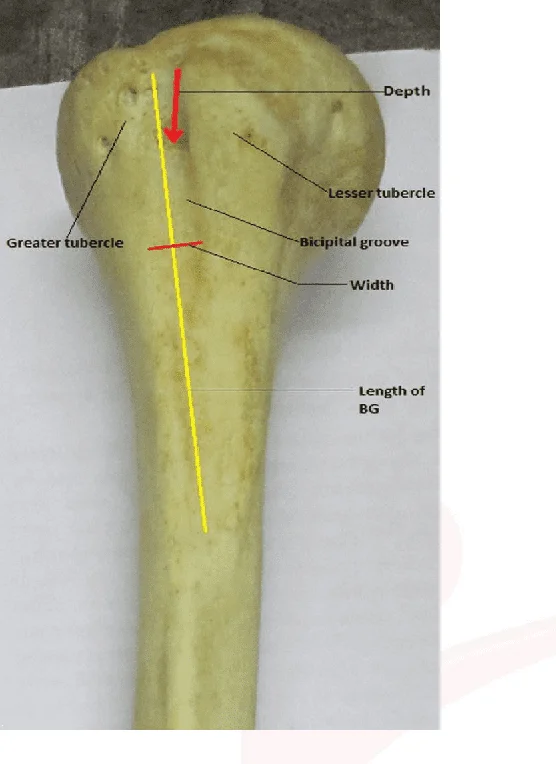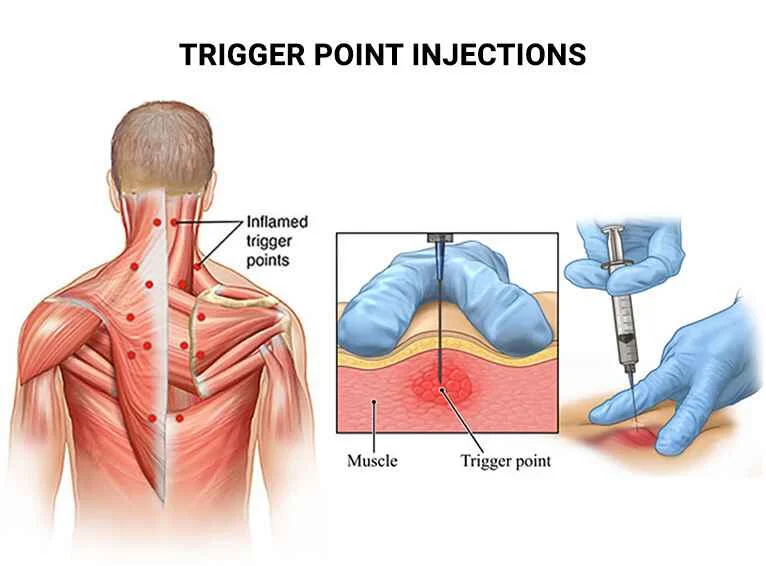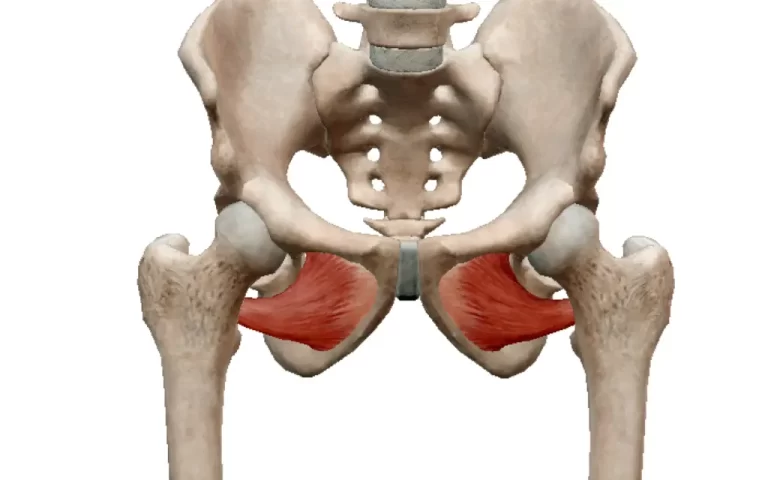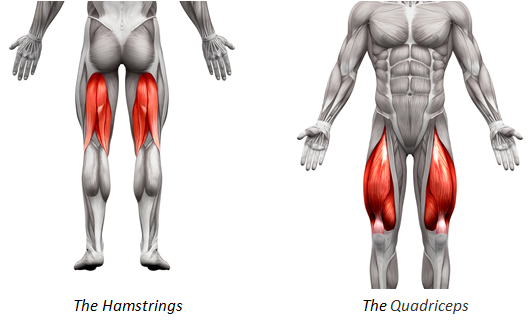Bicipital Groove
Bicipital Groove Anatomy
The Bicipital Groove, also known as the intertubercular groove or sulcus, is an anatomical feature found in the humerus bone of the upper arm. Situated on the anterior (front) aspect of the bone, the bicipital groove plays a crucial role in accommodating and protecting the long head of the biceps brachii muscle tendon as it runs from the shoulder to the elbow.
It allows the biceps brachii muscle‘s long tendon to pass. This specialized groove helps to maintain the stability and proper functioning of the biceps tendon, allowing for smooth movement of the arm and effective transmission of muscular forces. Understanding the structure and significance of the bicipital groove is essential in the study of human anatomy, particularly for comprehending the mechanics of the upper limb and the interactions between bones, muscles, and tendons.
The greater tubercle and the lesser tubercle are divided by the bicipital groove. Adults typically measure 8 cm length, 4-6 mm deep, and 1 cm broad. Between the teres major tendons on the medial lip and the pectoralis major tendons on the lateral lip, it lodges the long biceps brachii tendon. The shoulder joint also receives a branch of the anterior humeral circumflex artery from it.
The floor of the bicipital groove is where the latissimus dorsi muscle inserts. The medial lip of the groove is where the teres major muscle inserts.
It curves downward and terminates close to the point where the top portion of the bone joins the middle third. It is the axilla’s lateral wall.
Attachments of Bicipital Groove
Musculotendinous
3 tendons insert on the bicipital groove are:
- lateral lip: pectoralis major
- floor: latissimus dorsi
- medial lip: teres major
Relations and/or Boundaries
The proximal humerus’ anterior surface has the bicipital groove, which has the following boundaries:
Superiorly: transverse humeral ligament
Laterally: greater tuberosity of the humerus
Medially: lesser tuberosity of the humerus
Function
The biceps brachii muscle’s long tendon can travel through the bicipital groove.
The tendon of the long head of the biceps brachi muscle is stabilized and functions smoothly in this groove thanks to the transverse humeral ligament and muscle fibres extending from it, preventing subluxation during multidirectional biomechanical movements of the arms. In addition to this, the biomechanical actions of supination, flexion, and screwing are the primary functions of the biceps brachi muscle, whose tendon is located in the bicipital groove.
Clinical Significance
long head of biceps tendon dislocation
Pectoralis major tear
Latissimus dorsi tear
FAQ
What is bicipital groove?
The anterior face of the proximal portion of the humerus has a depression called the bicipital groove (BG). This groove permits passage of the ascending branch of the anterior circumflex humeral artery and the tendon of the long head of the biceps brachi muscle, which is encased in a synovial sheath.
What muscles attach to the bicipital groove?
The area of the bicipital groove is where three muscle tendons insert:
Pectoralis major: the crest of the larger tuberosity, is the lateral lip.
Latissimus Dorsi: the floor
Teres major: medial lip (top of the smaller tuberosity)
Which nerve passes from the bicipital groove?
The same anatomical elements that generate the medial groove also form the lateral bicipital groove, which is visible on the lateral aspect of the upper arm. The median nerve, ulnar nerve, brachial artery, and brachial vein are the structures that make up the medial bicipital grove.
What structure lodges in the bicipital groove?
biceps brachii tendon’s long head
The long head of the biceps brachii tendon (LHBBT) and the ascending branch of the circumflex humeral artery are lodged in the bicipital groove (BG), which is a depression formed between the greater and lesser humeral tubercles.
Why is the bicipital groove called so?
The greater and lesser tubercles are divided by the bicipital groove, also known as the intertubercular groove or sulcus intertubercularis, a deep groove on the humerus. It permits the biceps brachii muscle’s long tendon to pass through. Humerus on the left.
What is the clinical importance of the bicipital groove?
Pain in the anterior shoulder may be caused by pathology in the bicipital groove. Numerous investigations comparing various approaches to treating the long-head biceps tendon (LHBT) have failed to find any differences that are clinically meaningful.







One Comment